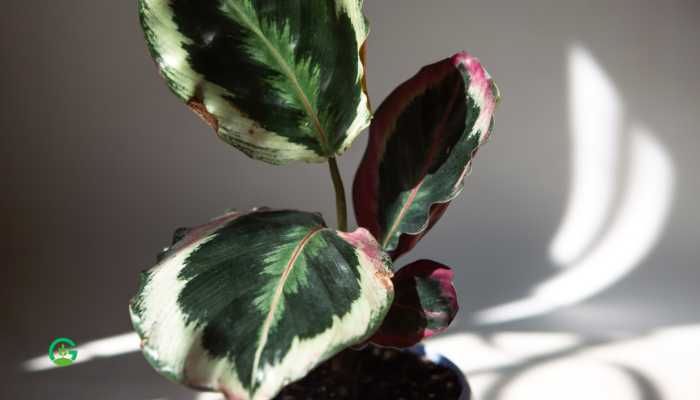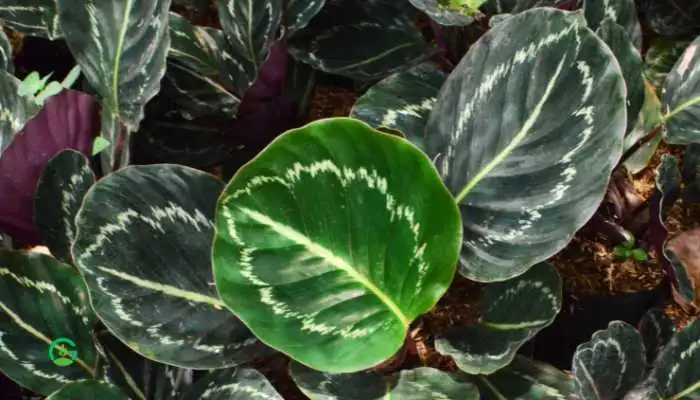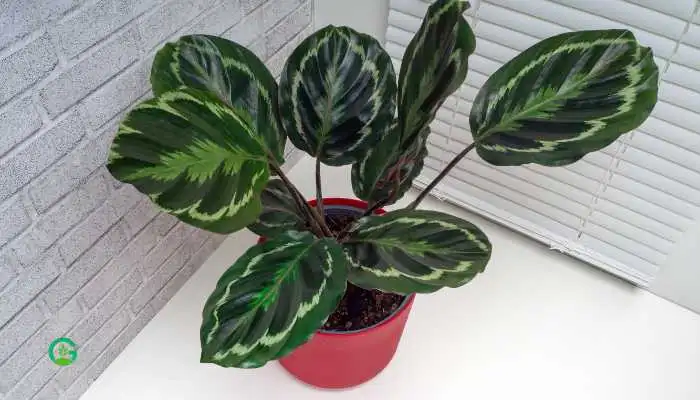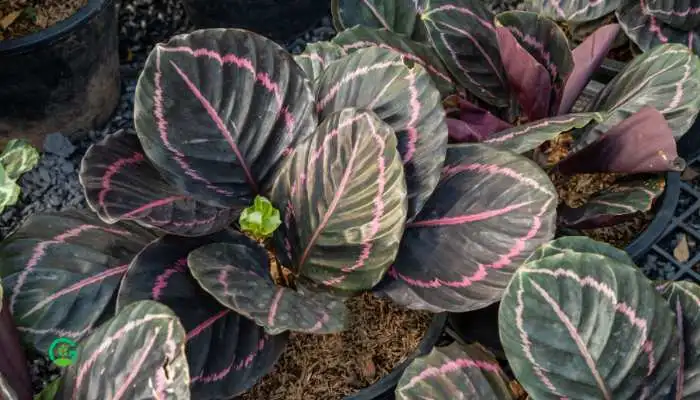Indoor plants have become a staple in modern homes, bringing a touch of nature indoors. One plant that stands out for its striking beauty is the Calathea roseopicta.
Known for its vibrant, patterned leaves, this plant is a favorite among houseplant enthusiasts. But what makes it so special? Let’s dive into the world of Calathea roseopicta and explore its charm.
Calathea Roseopicta Table of Contents
The Allure of Calathea Roseopicta
Have you ever seen a plant so beautiful that it felt like nature’s own masterpiece? That’s exactly how one feels upon encountering a Calathea roseopicta. Its leaves are not just green; they are canvases painted with shades of pink, purple, and white, creating intricate patterns that captivate the eye.
Origin and Natural Habitat
Calathea roseopicta hails from the tropical rainforests of South America, particularly Brazil. In its natural habitat, it thrives under the canopy of tall trees, enjoying the dappled sunlight and high humidity. This background gives us clues about how to best care for it in our homes.

Physical Characteristics
The most striking feature of the Calathea roseopicta is its leaves. They are large, oval-shaped, and have a glossy finish. The upper surface of the leaves showcases vibrant patterns, while the undersides are often a rich purple. This dual-toned beauty adds depth and interest to any indoor plant collection.
Caring for Calathea Roseopicta
Owning a Calathea roseopicta can be incredibly rewarding, but it does require a bit of know-how. This plant is known for being a bit finicky, but with the right care, it can thrive and become the star of your indoor garden.
Watering Needs
Water is crucial for the Calathea roseopicta, but it doesn’t like to be waterlogged. It’s best to keep the soil consistently moist but not soggy. Using filtered or distilled water can help, as this plant is sensitive to the chemicals often found in tap water. Think of it as a delicate drinker, preferring only the purest sips.
Light Requirements
Bright, indirect light is ideal for the Calathea roseopicta. Direct sunlight can scorch its leaves, while too little light can cause the vibrant patterns to fade. Placing it near a north or east-facing window, where it can get plenty of indirect light, works wonders.
Soil and Fertilization
A well-draining potting mix is essential. A blend of peat, perlite, and pine bark can provide the perfect balance of drainage and moisture retention. Fertilize your Calathea roseopicta every 4-6 weeks during the growing season with a balanced, water-soluble fertilizer to keep it healthy and vibrant.
Humidity and Temperature
High humidity is a must for this tropical beauty. Regular misting, a humidity tray, or a humidifier can help maintain the ideal environment. Temperatures between 65-75°F (18-24°C) are perfect. Avoid placing it near drafts or sudden temperature changes, as it prefers a stable climate.

Common Problems and Solutions
Like all plants, the Calathea roseopicta can encounter some issues. Here are a few common problems and how to tackle them:
- Brown Leaf Edges: This often indicates low humidity or exposure to chemicals in tap water. Increase humidity and switch to filtered water.
- Yellow Leaves: Overwatering or poor drainage can cause this. Ensure the soil isn’t soggy and adjust your watering routine.
- Leaf Curling: This can be a sign of underwatering or low humidity. Check the moisture levels and increase humidity if needed.
Propagation Techniques
Want to share the beauty of your Calathea roseopicta with friends? Propagation is possible through division. When repotting in spring, gently separate the plant into smaller sections, making sure each has a good root system. Plant these in individual pots and care for them as usual.
Image | Product Name | Review | Price |
Benefits of Having Calathea Roseopicta
Beyond its beauty, the Calathea roseopicta offers several benefits. It helps purify the air, adding oxygen and removing toxins. Its vibrant presence can also boost mood and reduce stress, making it a wonderful addition to any living space.
Decorating with Calathea Roseopicta
This plant’s striking appearance makes it a versatile decor piece. Place it on a windowsill, in a hanging planter, or as a centerpiece on a coffee table. Its lush foliage can complement modern, minimalist, or even bohemian decor styles.

Calathea Roseopicta Varieties
The Calathea roseopicta family includes several stunning varieties, each with its unique leaf patterns and colors. Some popular ones include:
- Calathea roseopicta ‘Medallion’: Known for its round leaves with pink and white markings.
- Calathea roseopicta ‘Dottie’: Features dark leaves with bright pink outlines.
Read More
Conclusion
The Calathea roseopicta is more than just a plant; it’s a living piece of art. Its vibrant leaves and relatively easy care requirements make it a perfect choice for anyone looking to add a touch of nature’s beauty to their home. With the right care, this plant can thrive and bring joy for years to come.
FAQs
How often should I water my Calathea roseopicta?
Water your Calathea roseopicta when the top inch of soil feels dry. Keep the soil consistently moist but avoid waterlogging.
Why are the leaves of my Calathea roseopicta curling?
Leaf curling can indicate underwatering or low humidity. Check the soil moisture and increase humidity levels.
Can I use tap water for my Calathea roseopicta?
It’s best to use filtered or distilled water, as Calathea roseopicta is sensitive to the chemicals in tap water.
How much light does Calathea roseopicta need?
Bright, indirect light is ideal. Avoid direct sunlight, as it can scorch the leaves.
What should I do if my Calathea roseopicta has brown leaf edges?
Brown edges often indicate low humidity or exposure to chemicals in the water. Increase humidity and use filtered water.




















